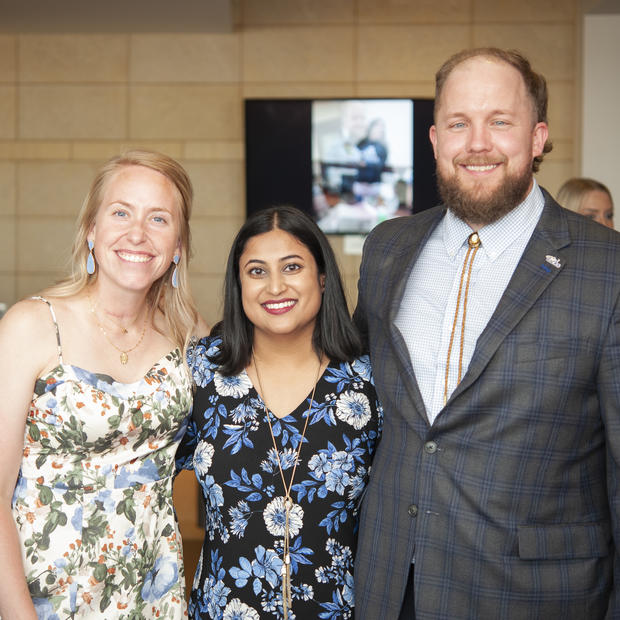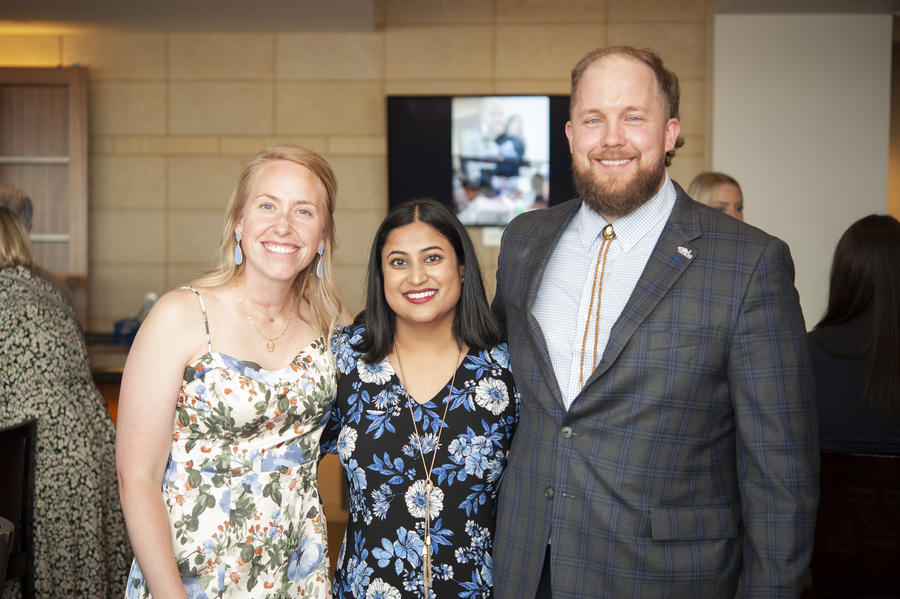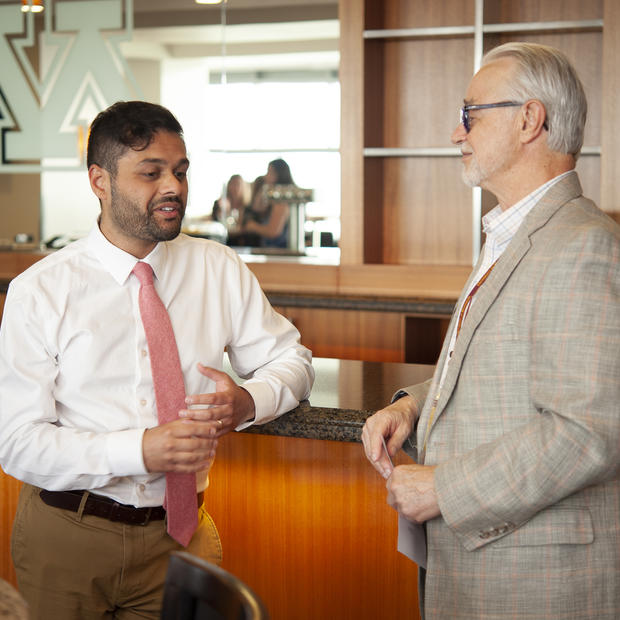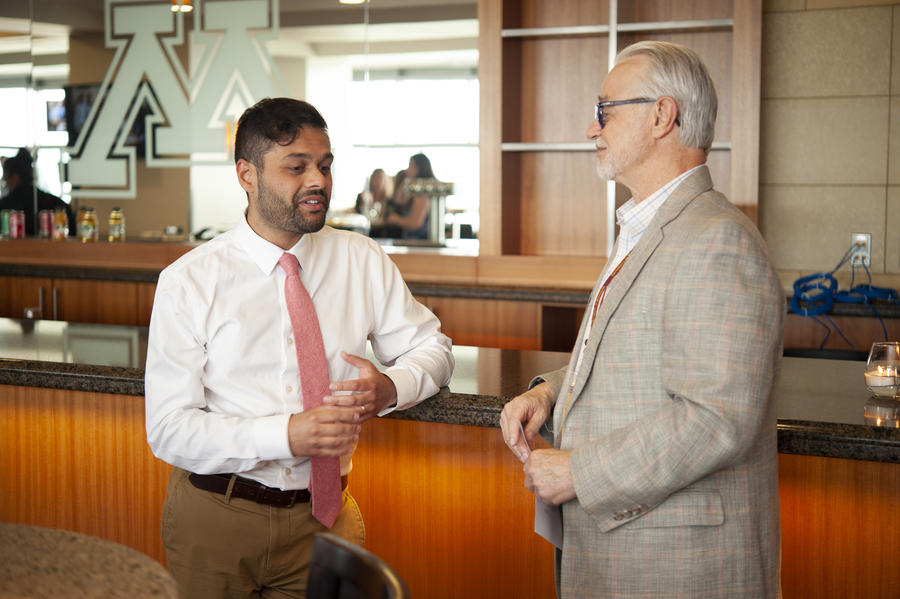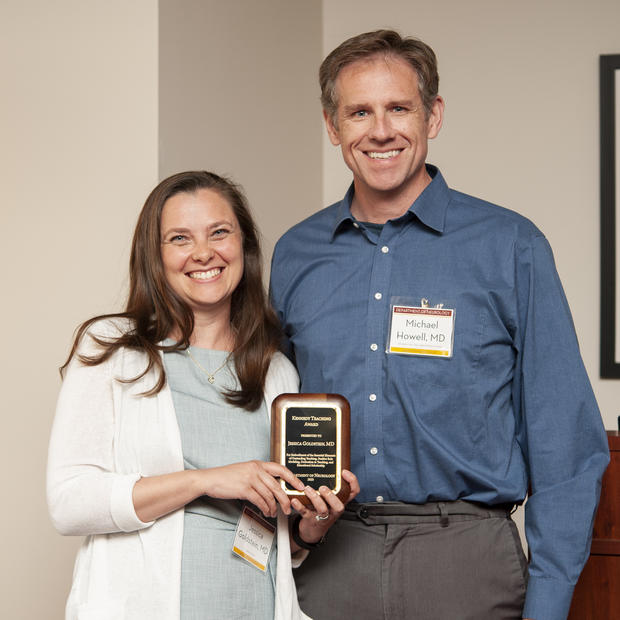Neurology Residency
The mission of the University of Minnesota Neurology Residency Program is to provide outstanding training in the practice and science of Neurology, through a curriculum that emphasizes direct and supervised patient care of diverse patient populations, critical reasoning, scholarship and professional responsibility, while promoting personal and professional satisfaction in a respectful learning environment.
Application materials must be submitted through the Electronic Residency Application Service (ERAS). Applicants must also register with the National Residency Matching Program.
For the 2023 ERAS® cycle, our program will be collecting and reviewing data from applicants’ supplemental ERAS applications. Completion of the standard MyERAS application is a requirement; completion of the supplemental ERAS application is optional.
In its second year of use, the supplemental ERAS application is designed to help applicants share more information about themselves and assist our program in finding applicants that fit our program’s setting and mission. There is no cost to applicants and participation is optional.
The supplemental ERAS application provides:
- geographic preferences (by division and by urban or rural setting);
- information about an applicant’s most meaningful experiences and other impactful life events, if applicable; and
- program signals.
The supplemental ERAS application will be delivered on a survey platform that is separate from the MyERAS application and must be completed between August 1 and September 16, 2022.
Learn more about the AAMC supplemental ERAS application.
Open House #1 - Program Overview
Thursday, September 7, 2023
6:30 PM Central Time
Open House #2 - Resident Panel
Thursday, September 14, 2023
6:30 PM Central Time
Program Director's Message
On behalf of the University of Minnesota Department of Neurology, it is my honor and privilege to welcome you to our neurology residency program.
The University of Minnesota Neurology residency has a long and rich history of training leaders in clinical neurology, academics, and research. Our program was established in the 1940s under the direction of Dr. A.B. Baker, the founding President of the American Academy of Neurology. In the 21 century, the program is housed within a rapidly growing department that drives innovation in patient care, basic and translational research, and education.
The goal of this residency program is to prepare trainees for successful and rewarding careers in the exciting field of neurology. We offer an individualized approach to the professional development of residents throughout training. We aim to provide our residents with the tools needed to succeed in the career path most fulfilling to them – whether as clinicians, educators, academicians, or a combination thereof. Approximately 85% of our recent graduates have chosen to pursue fellowship training, with many remaining at the University of Minnesota and others securing prestigious fellowships at outside institutions including Harvard, UCSF, Stanford, Washington University and many more. We are delighted that four members of our last four classes have now joined the department faculty.
The strengths of the program include:
-
Integration of PGY-1 residents into the neurology department from the first day of residency, including a weekly continuity clinic and four hours per week of dedicated didactic time, as well as providing each trainee with a personal career development mentor.
-
A diversity of training sites, including the tertiary care referral center at the University of Minnesota Medical Center, a safety net county hospital at Hennepin Healthcare, the Minneapolis Veterans Administration Medical Center, and a large community practice (HealthPartners/Regions Hospital). Residents become skilled at the management of all aspects of inpatient neurology and neurocritical care as well as outpatient general neurology and sub-specialty practice.
-
Opportunities for development in research and education, including a formalized Neurology Educator track and the completion of a research project with the guidance of the program research committee and an individual research mentor.
-
Leadership opportunities for residents: residents are actively engaged in department and University leadership opportunities including the Graduate Medical Education committee, Resident Leadership Academy, Diversity and Inclusion Committee and medical student teaching. Two PGY-3 and three PGY-4 residents are selected for chief resident positions.
Each resident who enters the program helps cultivate and propel our residency into the future of neurology, writing the next chapters in our storied history. We welcome applications to our program for the residency match and eagerly anticipate speaking with the future members of the class of 2028.
Sincerely,
Will Schmalstieg, MD
Neurology Residency Program Director
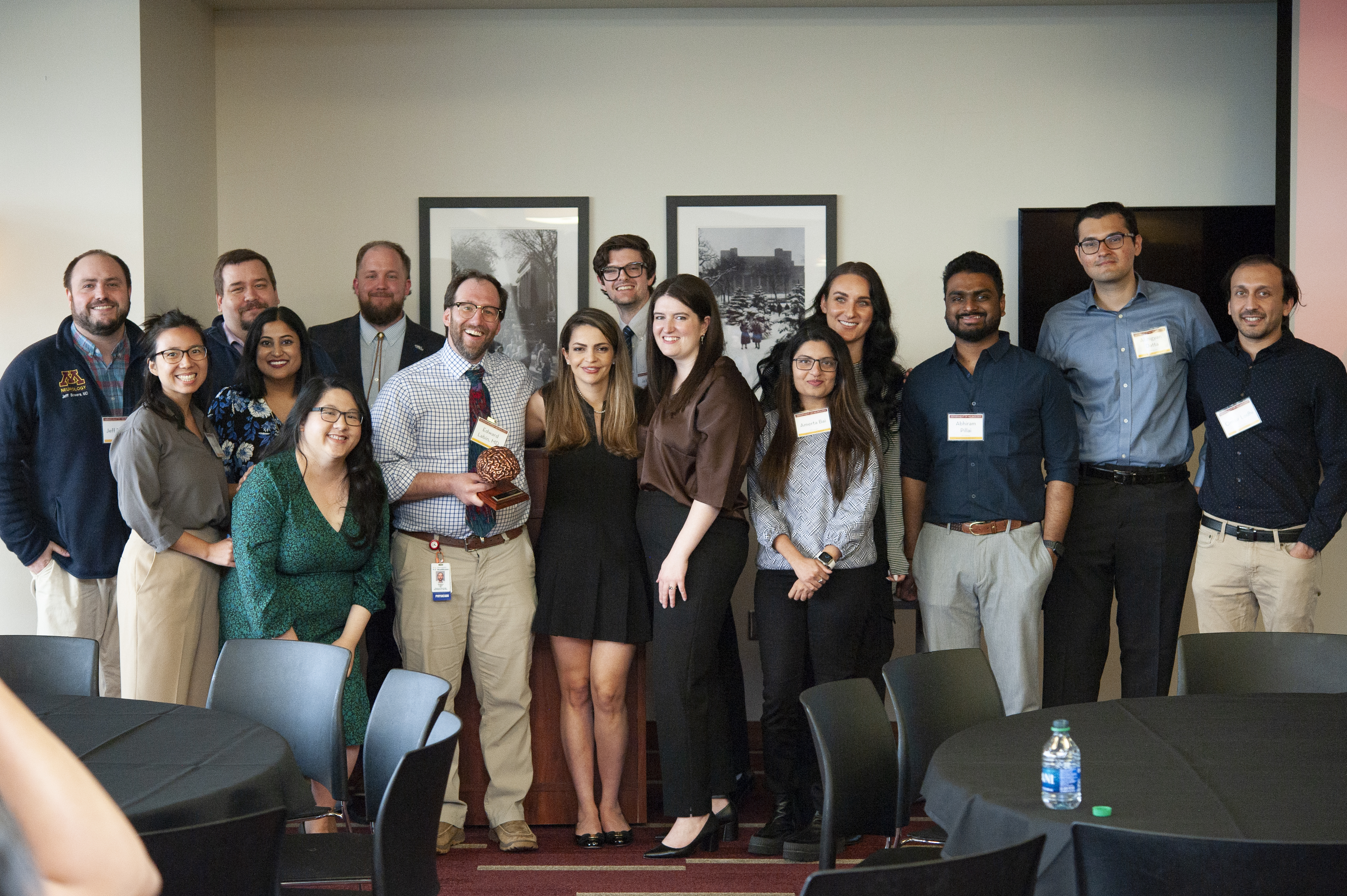
Meet Our Trainees
Our residents come from medical schools around the U.S. and outside the country. See what a few of them have to say about our program.
William Schmalstieg, MD
Neurology Residency Director
wschmals@umn.edu
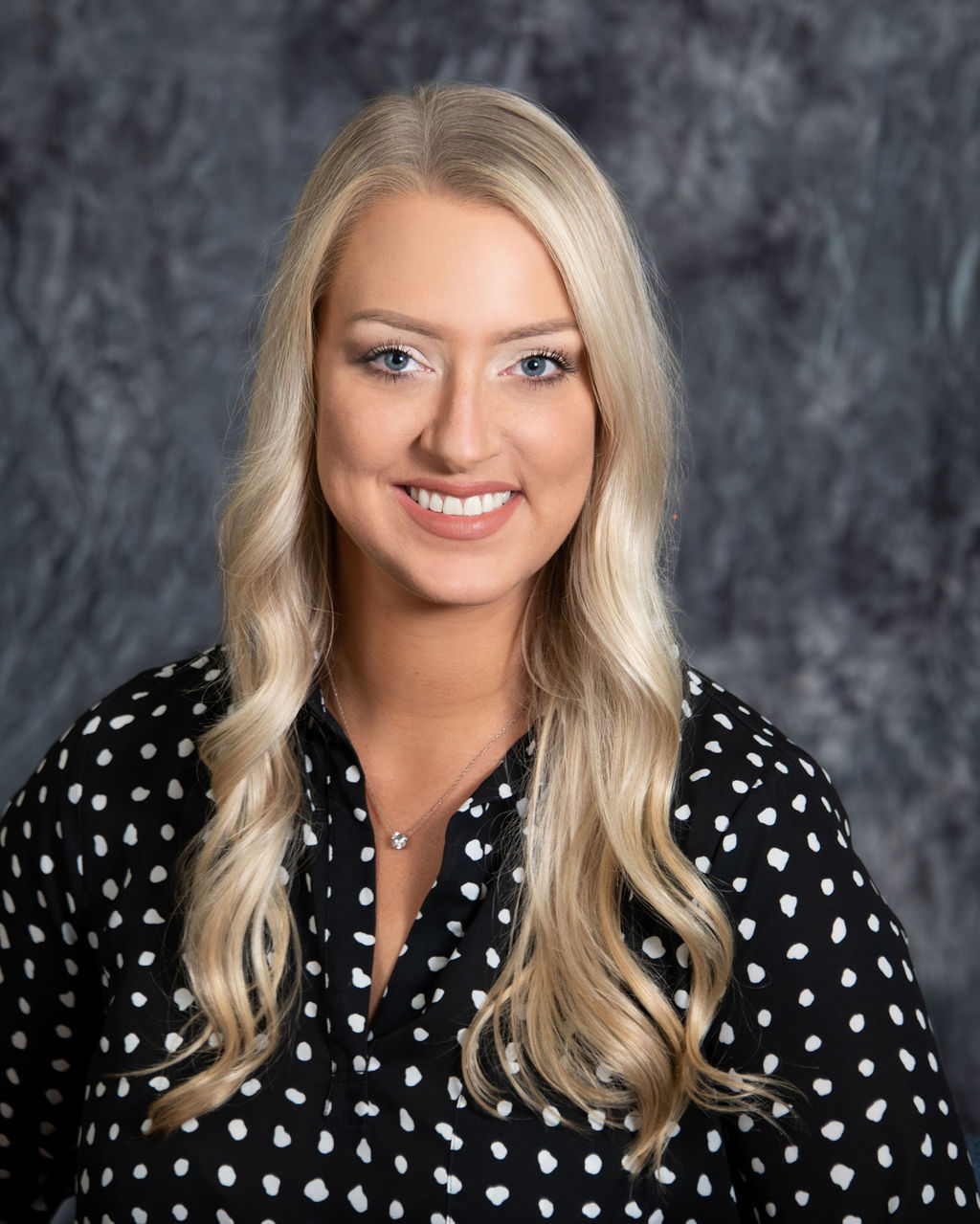 Rebecca Busse, BA, C-TAGME
Rebecca Busse, BA, C-TAGME
Neurology Residency Coordinator
umnneurores@umn.edu
VERIFICATION OF TRAINING
Requests to verify a Neurology resident's training at the University of Minnesota need to be emailed to witz0007@umn.edu.
To verify professional liability insurance information for a former UMN resident or fellow, find instructions on the Medical Malpractice Credentialing/Insurance Verification site.


